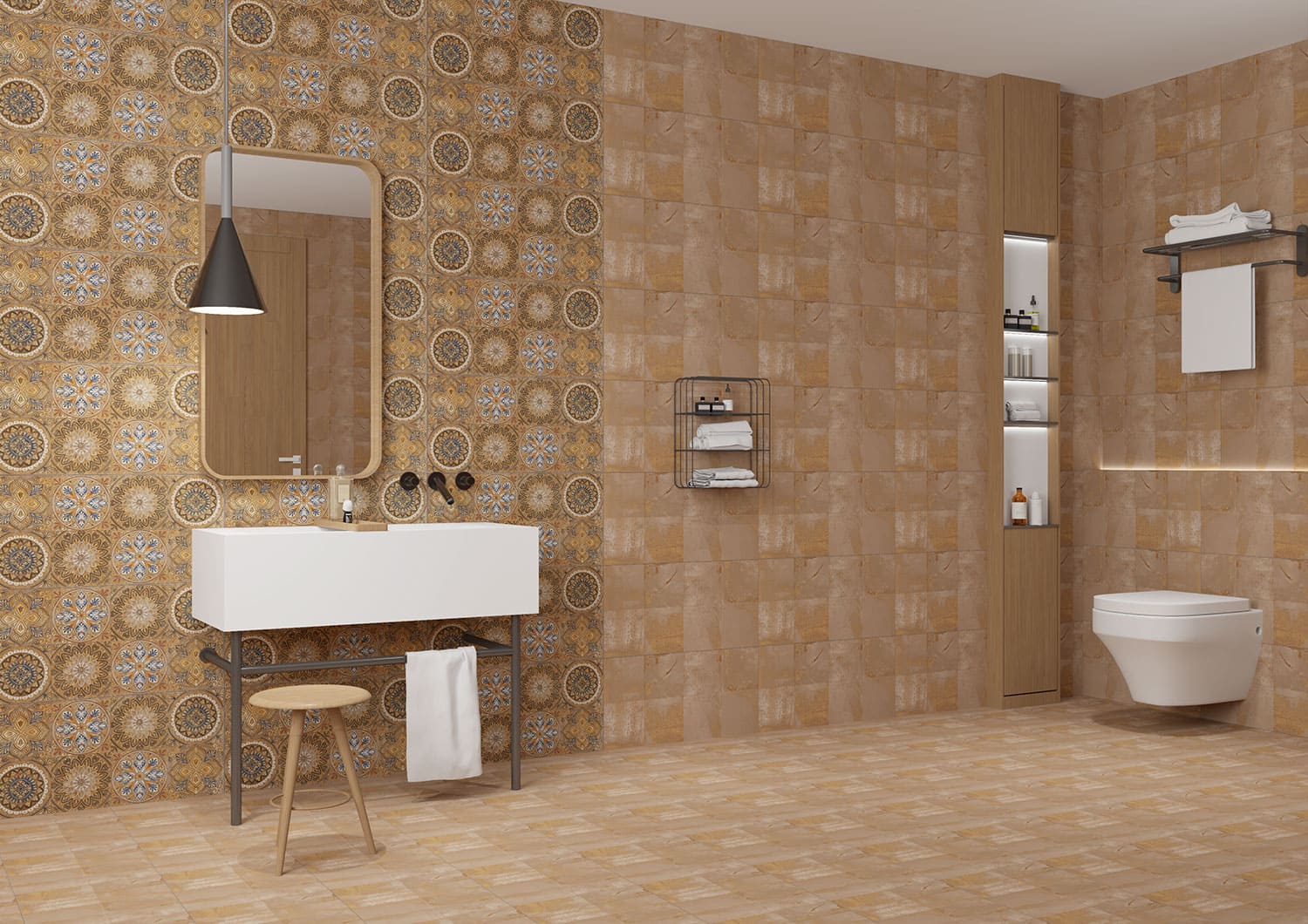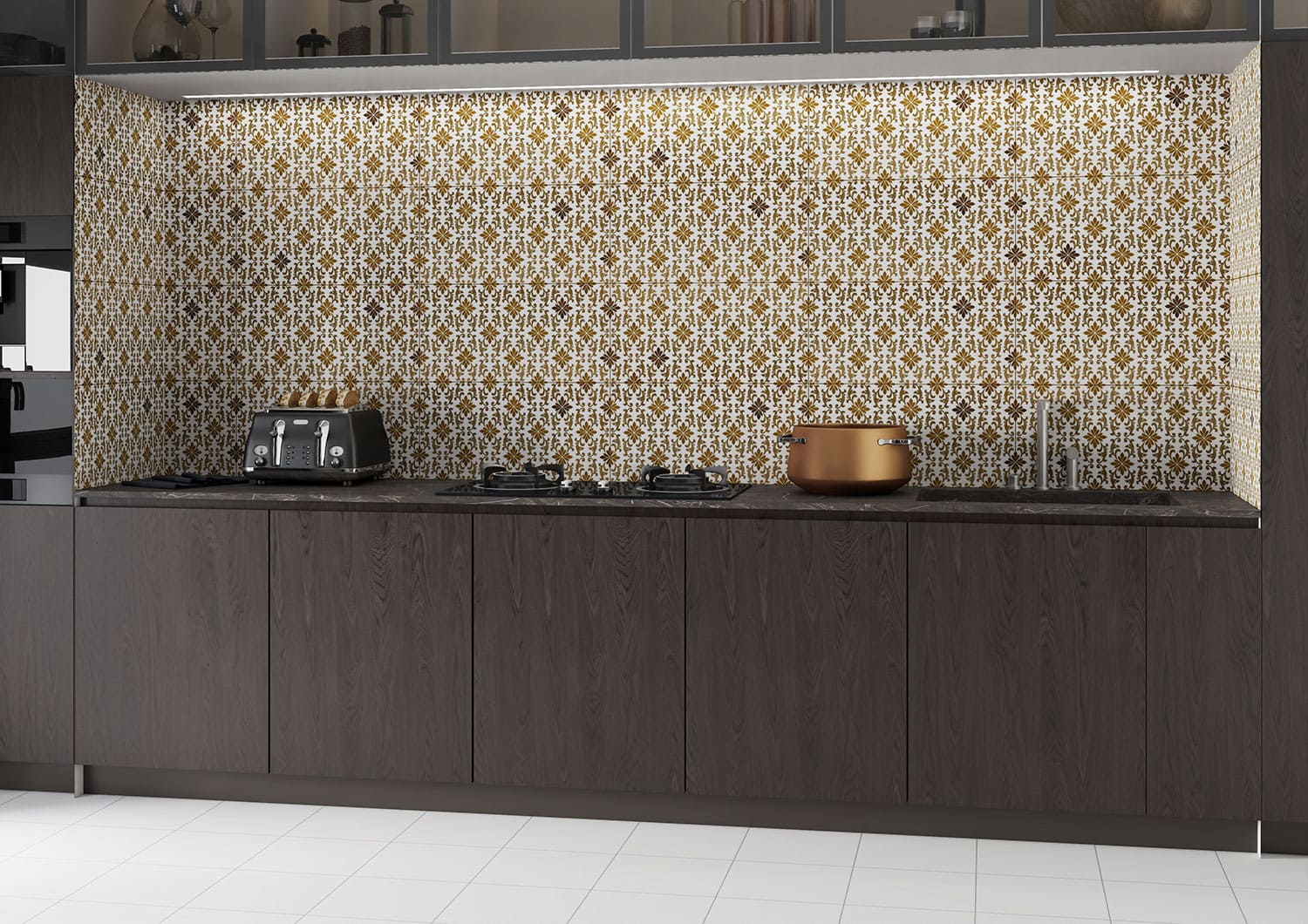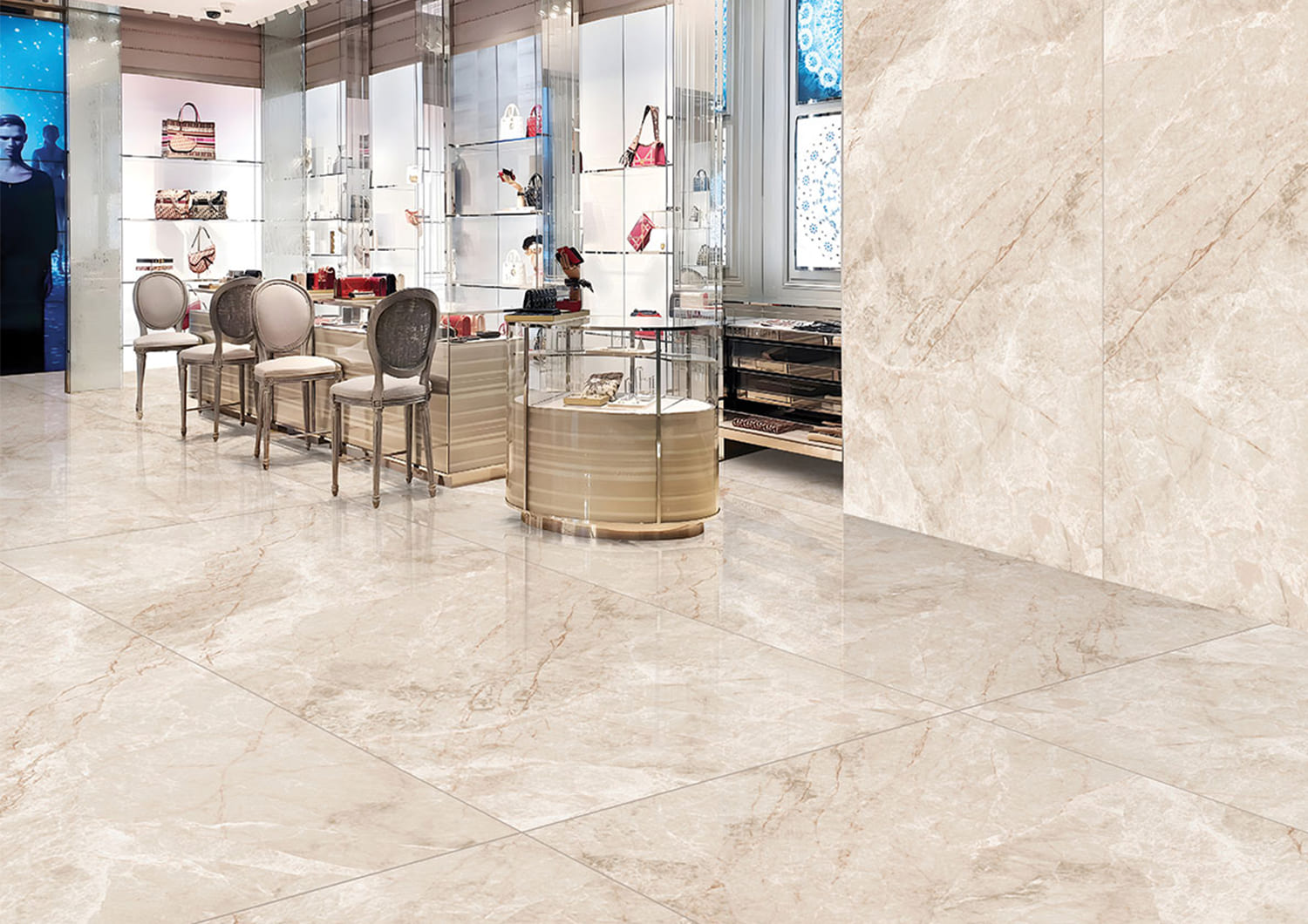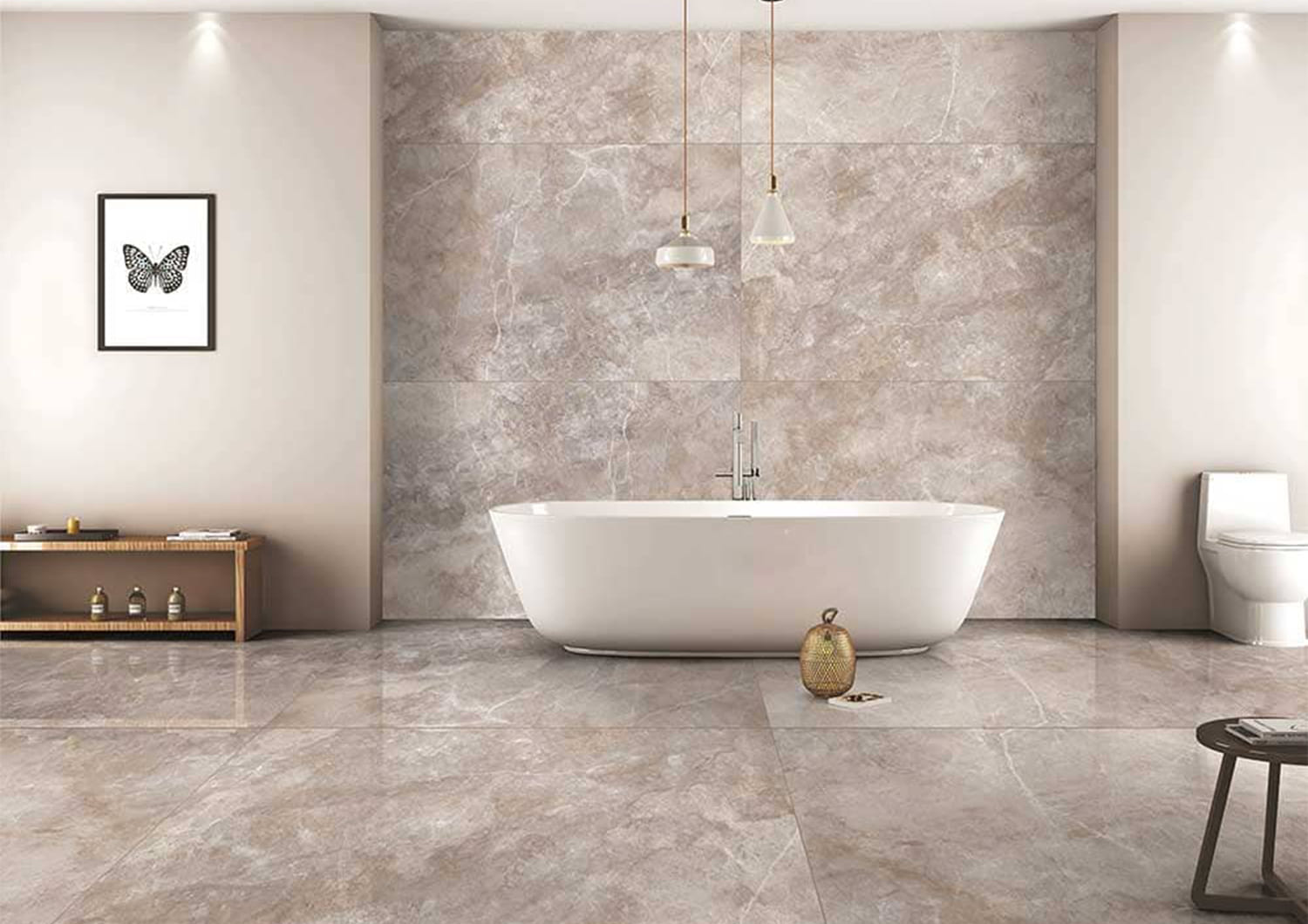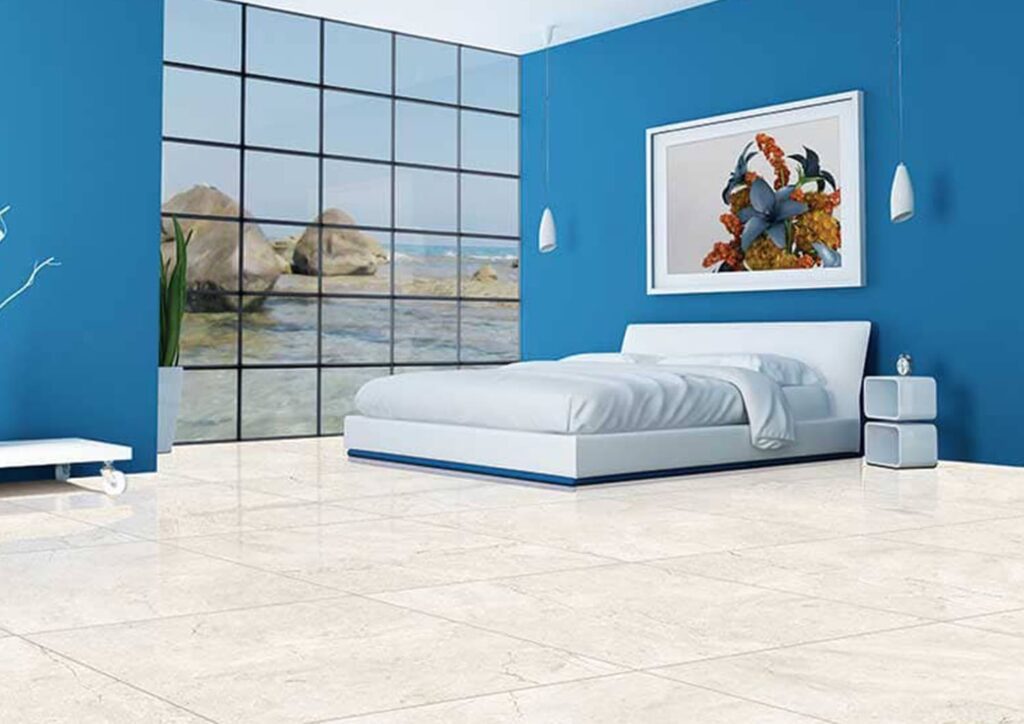
Floor tiles are a versatile and stylish choice for homes and commercial spaces alike. With countless options available, choosing the right tiles can elevate the aesthetics and functionality of any room. In this guide, we’ll explore the different types of floor tiles, their benefits, how to choose the perfect ones for your space, and maintenance tips to keep them looking pristine.
Types of Floor Tiles
Understanding the various types of floor tiles is essential to making the right choice. Here are some of the most popular options:
1. Ceramic Tiles
Ceramic tiles are among the most commonly used due to their affordability and versatility. These tiles are made from natural clay, molded, and fired at high temperatures.
Benefits:
- Durable and long-lasting
- Available in a wide variety of designs and colors
- Easy to clean and maintain
Best For: Kitchens, bathrooms, and entryways
2. Porcelain Tiles
Porcelain tiles are denser and less porous than ceramic tiles, making them highly durable and water-resistant.
Benefits:
- Resistant to scratches and stains
- Suitable for indoor and outdoor use
- Offers a premium look
Best For: High-traffic areas, patios, and bathrooms
3. Natural Stone Tiles
Natural stone tiles, such as marble, granite, limestone, and slate, bring a luxurious and timeless appeal to any space.
Benefits:
- Unique patterns and textures
- Increases property value
- Extremely durable
Best For: Living rooms, foyers, and outdoor areas
4. Vinyl Tiles
Vinyl tiles are a budget-friendly option that mimics the appearance of wood, stone, or ceramic.
Benefits:
- Soft and comfortable underfoot
- Easy installation
- Water-resistant
Best For: Basements, laundry rooms, and rental properties
5. Glass Tiles
Glass tiles add a touch of elegance with their reflective surface and are often used for decorative purposes.
Benefits:
- Non-porous and stain-resistant
- Reflects light, making spaces appear larger
- Easy to clean
Best For: Bathrooms, backsplashes, and accent walls
6. Cement Tiles
Cement tiles are handmade and known for their vibrant patterns and durability.
Benefits:
- Eco-friendly
- Customizable designs
- Long-lasting
Best For: Kitchens, bathrooms, and patios
Benefits of Floor Tiles
Floor tiles offer several advantages over other flooring materials:
- Durability: Most tiles can withstand heavy foot traffic and wear.
- Low Maintenance: Easy to clean and resistant to stains.
- Variety: Available in countless designs, colors, and textures.
- Water Resistance: Ideal for wet areas like kitchens and bathrooms.
- Eco-Friendly Options: Many tiles are made from natural, recyclable materials.
How to Choose the Right Floor Tiles for Your Space
Selecting the right tiles involves more than just picking a design you like. Consider these factors:
1. Room Functionality
Different rooms have different requirements. For example, water-resistant tiles are crucial for bathrooms, while durable options are better for high-traffic areas.
2. Style and Aesthetics
Choose tiles that complement the overall design and color scheme of your space. For a modern look, go for sleek porcelain or ceramic tiles. For a rustic vibe, consider natural stone or cement tiles.
3. Tile Size
Larger tiles create a spacious feel and reduce grout lines, making them ideal for open areas. Smaller tiles work well for intricate designs and smaller spaces.
4. Slip Resistance
Safety is crucial, especially in wet areas. Look for tiles with a textured surface or anti-slip rating.
5. Budget
Factor in the cost of tiles, installation, and maintenance to stay within your budget.
Maintenance Tips for Floor Tiles
Proper maintenance ensures your tiles remain beautiful and functional for years to come. Here’s how to care for them:
1. Regular Cleaning
Sweep or vacuum tiles daily to remove dirt and debris. Mop weekly using a mild detergent or tile-specific cleaner.
2. Avoid Harsh Chemicals
Use non-abrasive cleaners to prevent damage to the tile surface. Avoid acidic solutions for natural stone tiles.
3. Seal Grout Lines
Grout can absorb dirt and stains over time. Seal grout lines periodically to maintain their appearance and hygiene.
4. Address Spills Immediately
Wipe up spills quickly to prevent stains, especially on porous materials like natural stone.
5. Use Rugs and Mats
Place rugs or mats in high-traffic areas to protect tiles from wear and tear.
6. Inspect and Repair
Check for cracks or chips regularly and repair them promptly to avoid further damage.
Why Choose Mangadan Floorings?
At Mangadan Floorings, we offer a wide selection of high-quality floor tiles to suit every style and budget. Whether you’re renovating your home or designing a new space, our expert team can help you find the perfect tiles for your needs.

